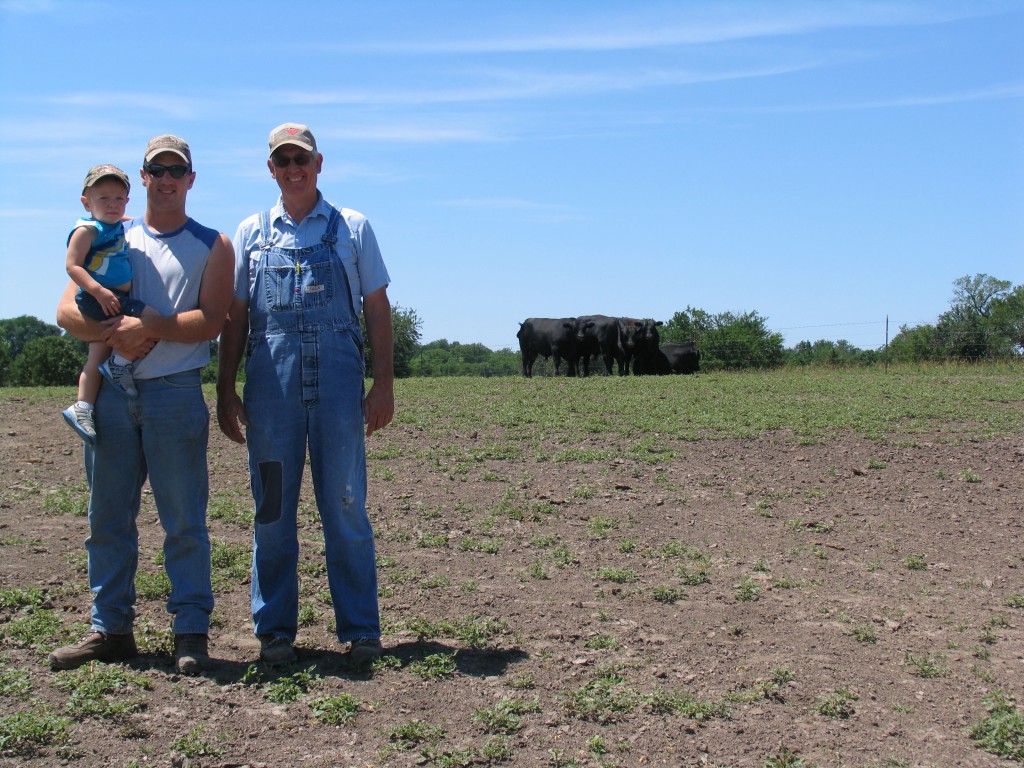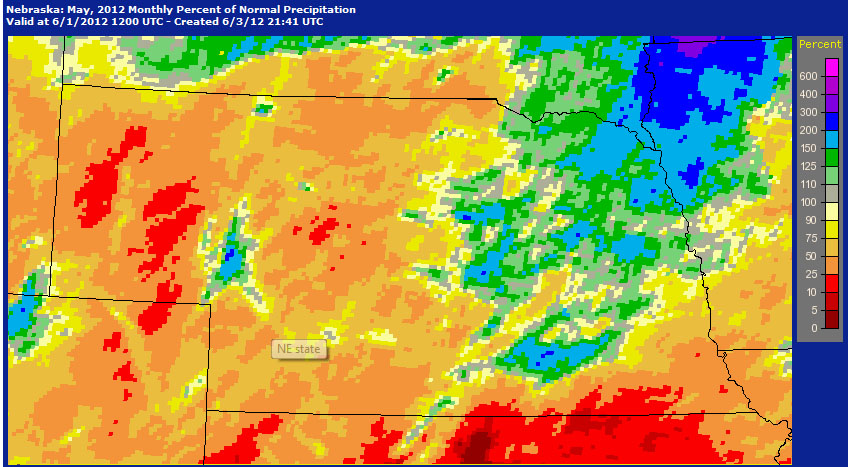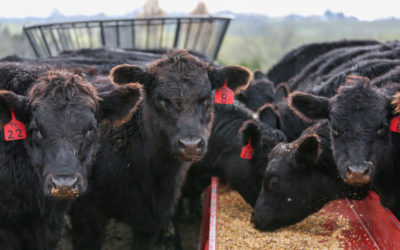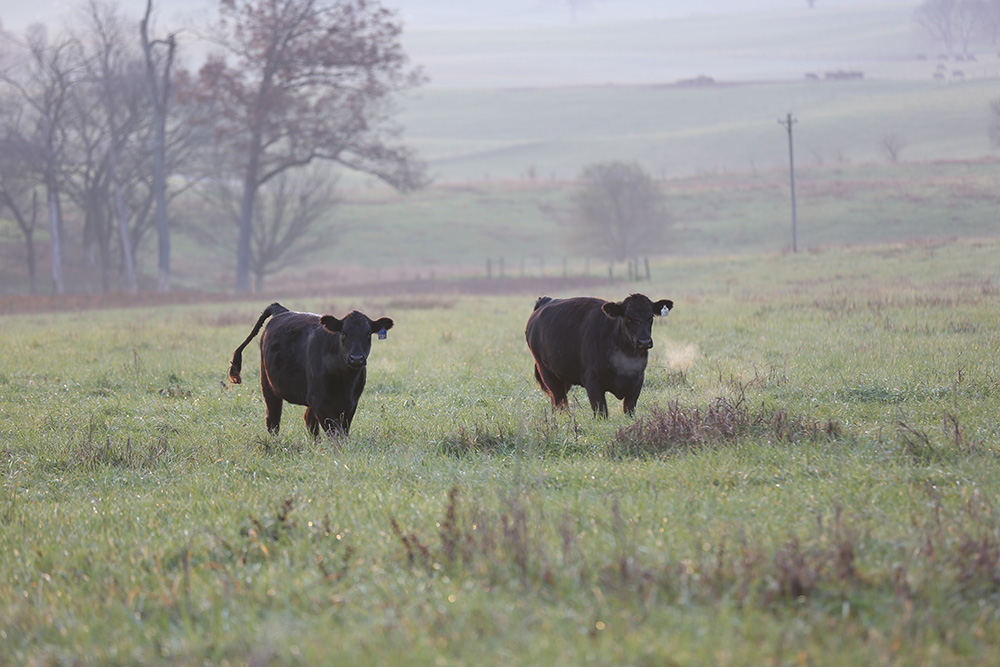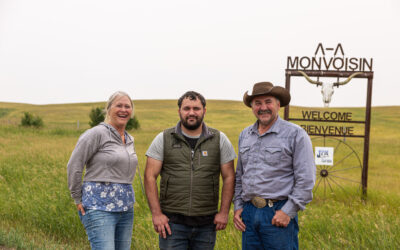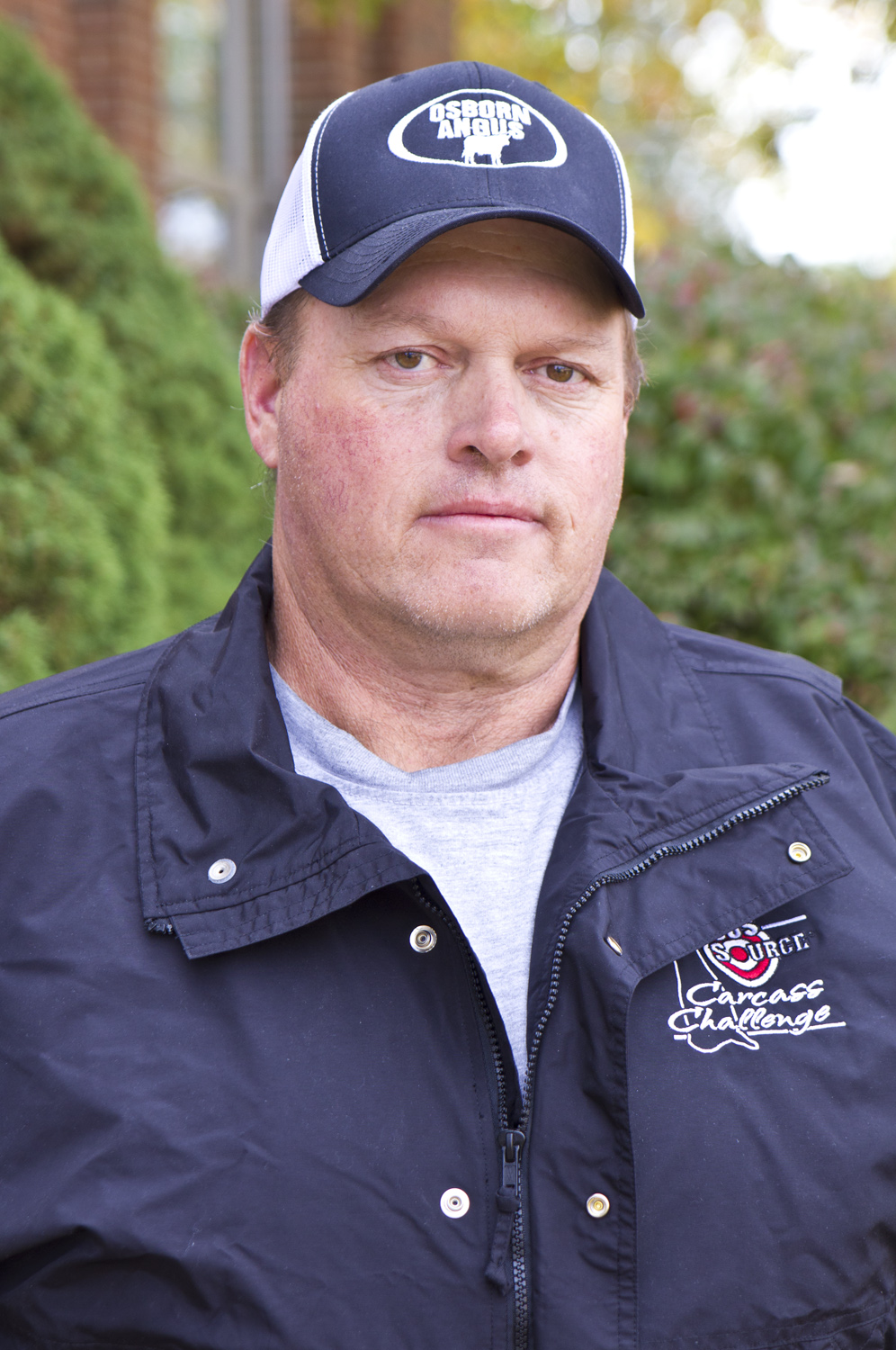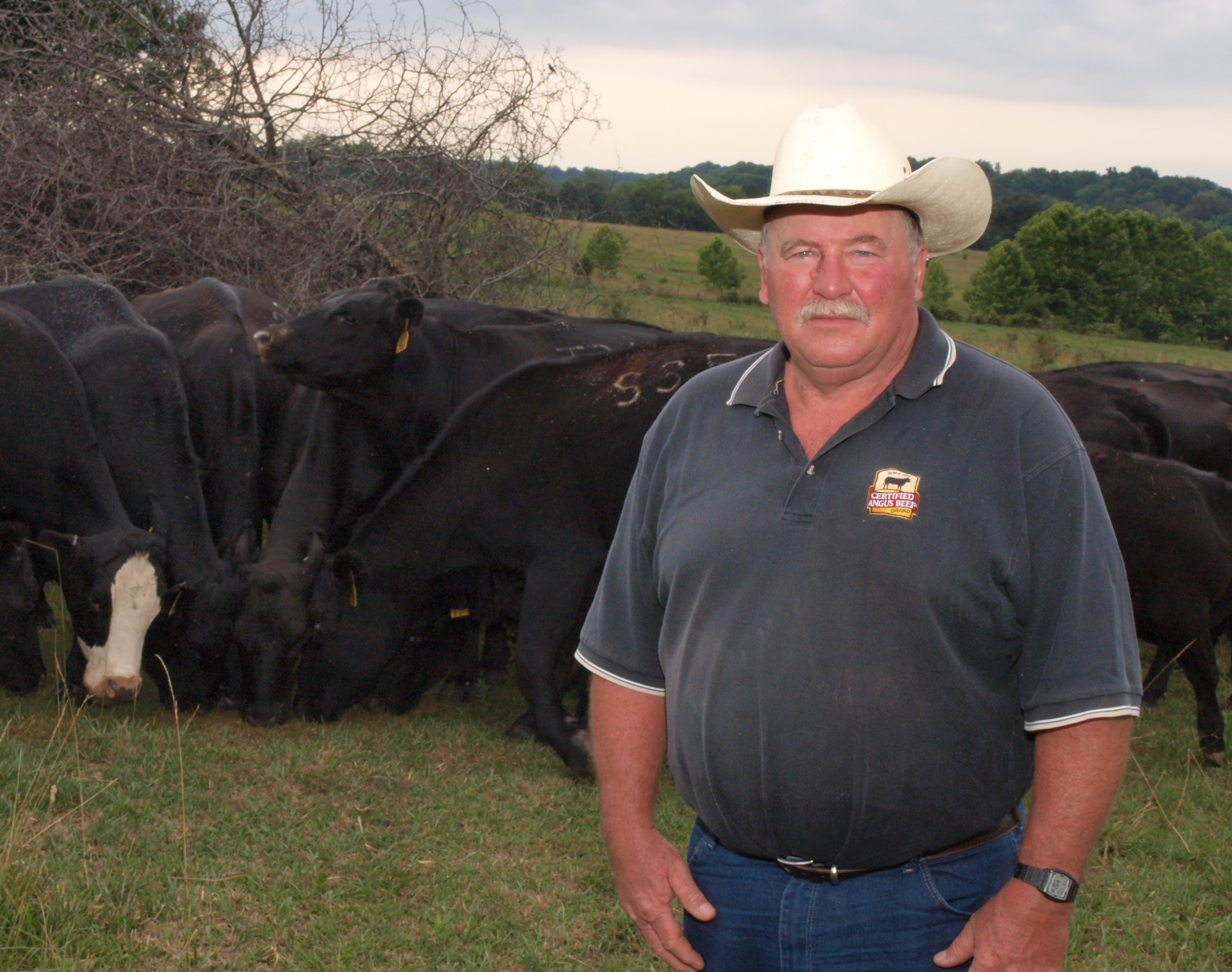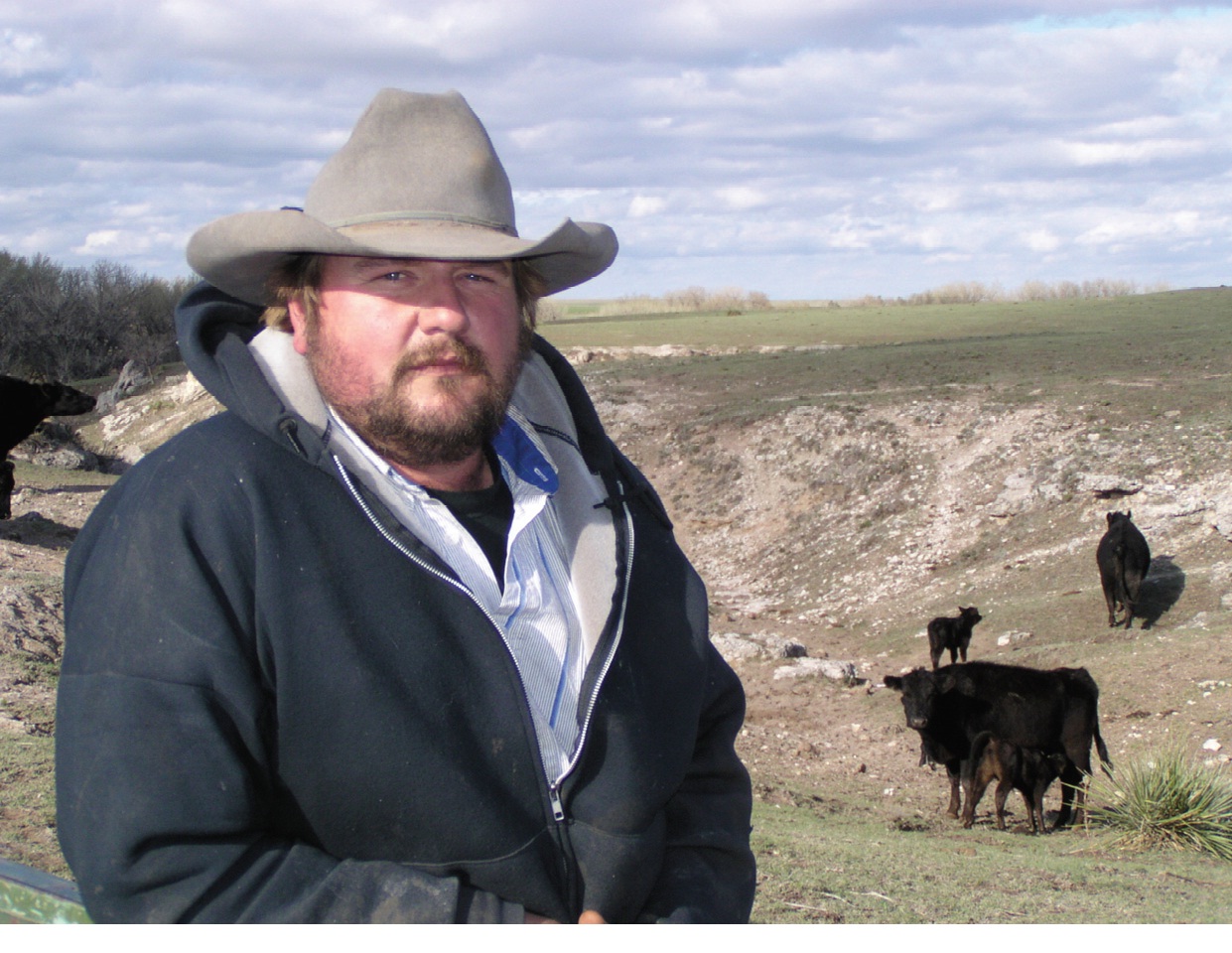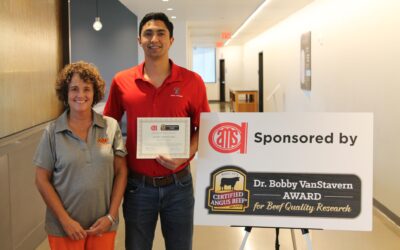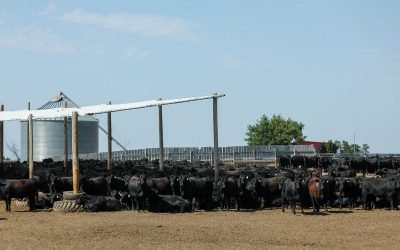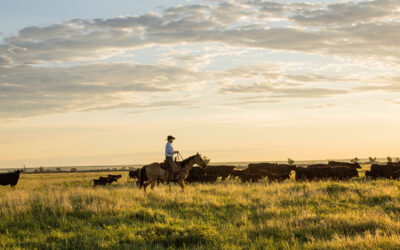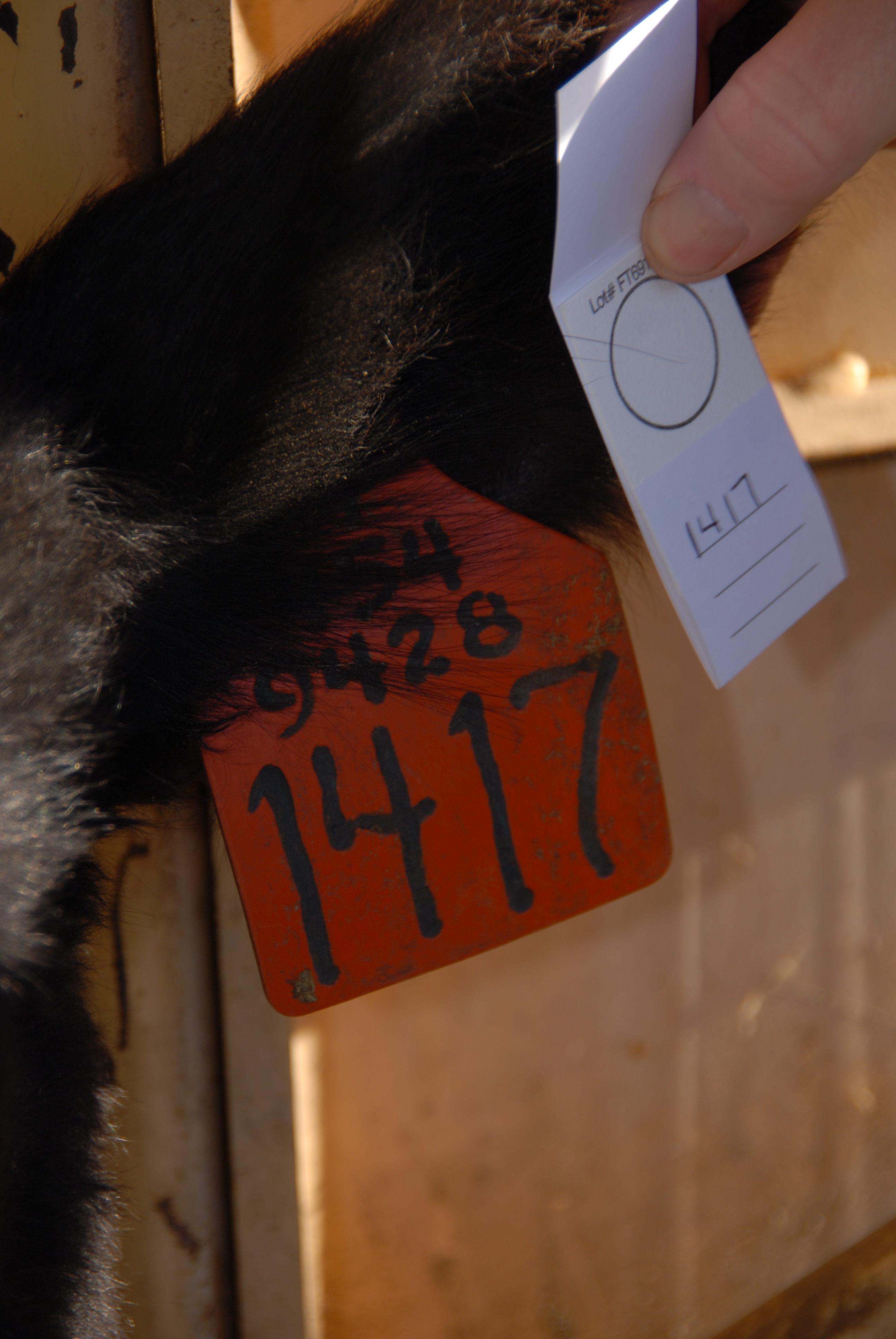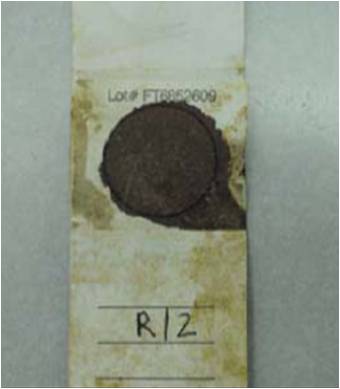
Story stops reveal common thread
 We’ve been lucky enough to find some great young talent over the years to serve as Industry Information interns, and this year is no exception. Meet Meg Drake a Kansas farm/ranch gal who will be a senior ag communications major at K-State this fall. She’s heavily involved in livestock judging and along with Collegiate CattleWomen and agricultural advocacy group Food For Thought.
We’ve been lucky enough to find some great young talent over the years to serve as Industry Information interns, and this year is no exception. Meet Meg Drake a Kansas farm/ranch gal who will be a senior ag communications major at K-State this fall. She’s heavily involved in livestock judging and along with Collegiate CattleWomen and agricultural advocacy group Food For Thought.
Our interns typically rate their on-location feature story stops as the best part of their internships. Meg shares a little bit about two of her recent visits:
What does ABC’s hit 1990’s TV show Full House and the ranches I’ve visited as a CAB intern have in common?
How could an extended family living under the same San Franciscan roof possibly have any similarities to a family raising cattle in the rural Midwest?
For those who have never tuned in to the show, the correlation may be hard to guess. But viewers, like my sister and I who watched reruns every weekday, can see that the bond of family is portrayed in every episode, much like the bonds I’ve witnessed on many of my story visits.
Take for example Henke Farms in Salisbury, Mo., they’ve been farming and ranching now for five, going on six, generations. To patriarch Ron Henke watching his son and business partner Charles raise his grandson Colin has been a beautiful sight to behold.
After sitting down and chatting with the family over a delicious hamburger lunch I quickly saw how involved the women are as well.
It was fun listening to Charles and wife Robyn reminisce about a time that she, despite being very pregnant, took the four-wheeler out to check for late spring-born calves. “My husband is highly allergic to fescue, of all things,” says Robyn. “So to save him from having an uncomfortable reaction I volunteered to check for calves.”
Another trip took me to Larson Angus outside of Tribune, Kan.. Like the Henkes, they believe caring for 550 cows requires a family effort. Dan, a 3rd generation rancher, along with wife Becky and four sons, manage their own family feedyard. “We take care of all the in between too,” says Becky. “We truly are a ‘from pasture-to-plate’ kind of operation.”

And so goes the saying “it takes a whole village to raise a child.” To Danny Tanner from Full House this means recruiting extended family to help raise his three daughters, but to rural Midwestern families it means banding together to help past and future generations successfully run the ranch.
~Meg
You may also like
Progress from small steps
Every day is a chance to learn and get better. Thousands of others like my new friends in Alabama are taking steps to meet the shifts in consumer demand, and to know more. Small steps in the right direction can start now. Even if it’s just recording a snapshot of where you are today, a benchmark for tomorrow.
Not perfect, but working to get better
The CAB Cattleman Connection team heard its name called more than once in the virtual ceremonies, and each time came a sense of personal accomplishment, but even better: confirmation that we’re getting better at our craft. I hope that means we’re doing a better job for you.
Beefed up findings
Frank Mitloehner presents his findings on the animal ag sector’s impact on global warming. He explains how cattle counterbalance other fossil fuel sectors, proving that cattle are a solution and not a threat.

